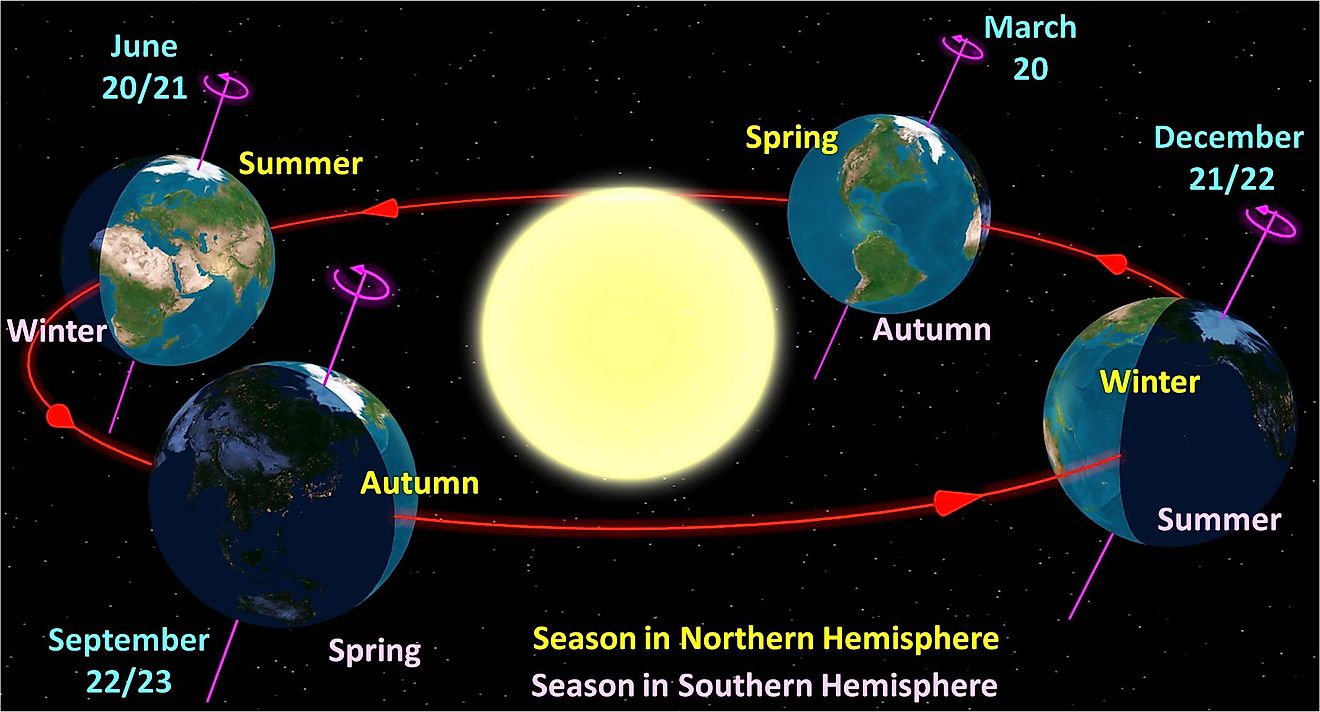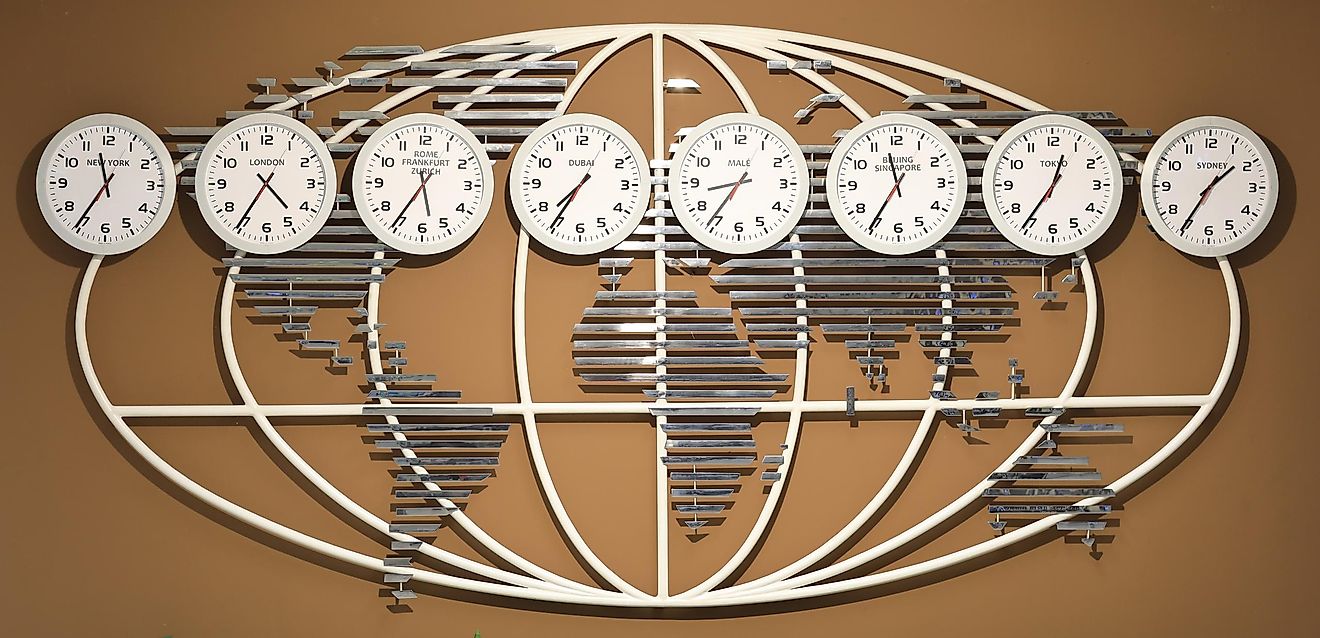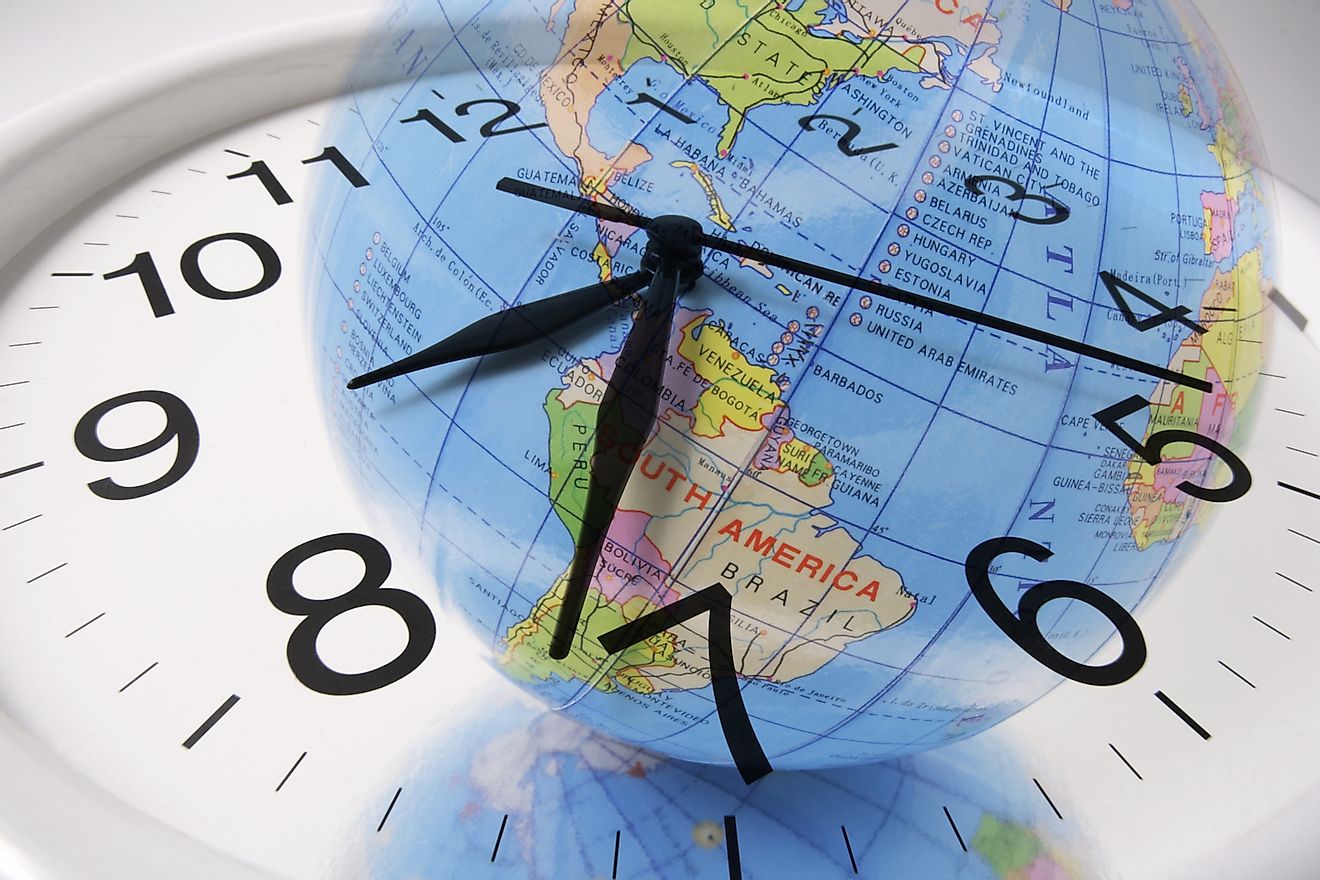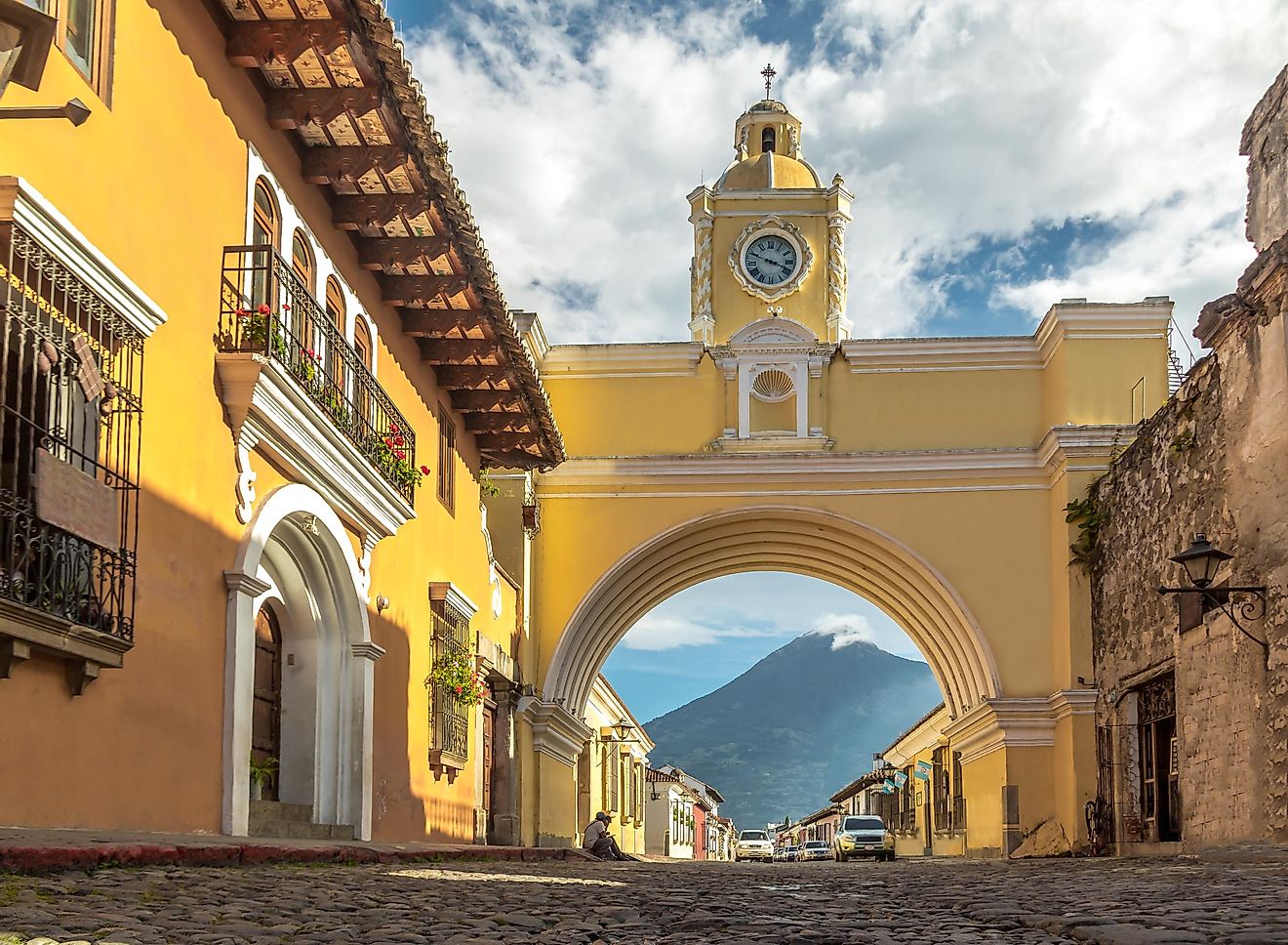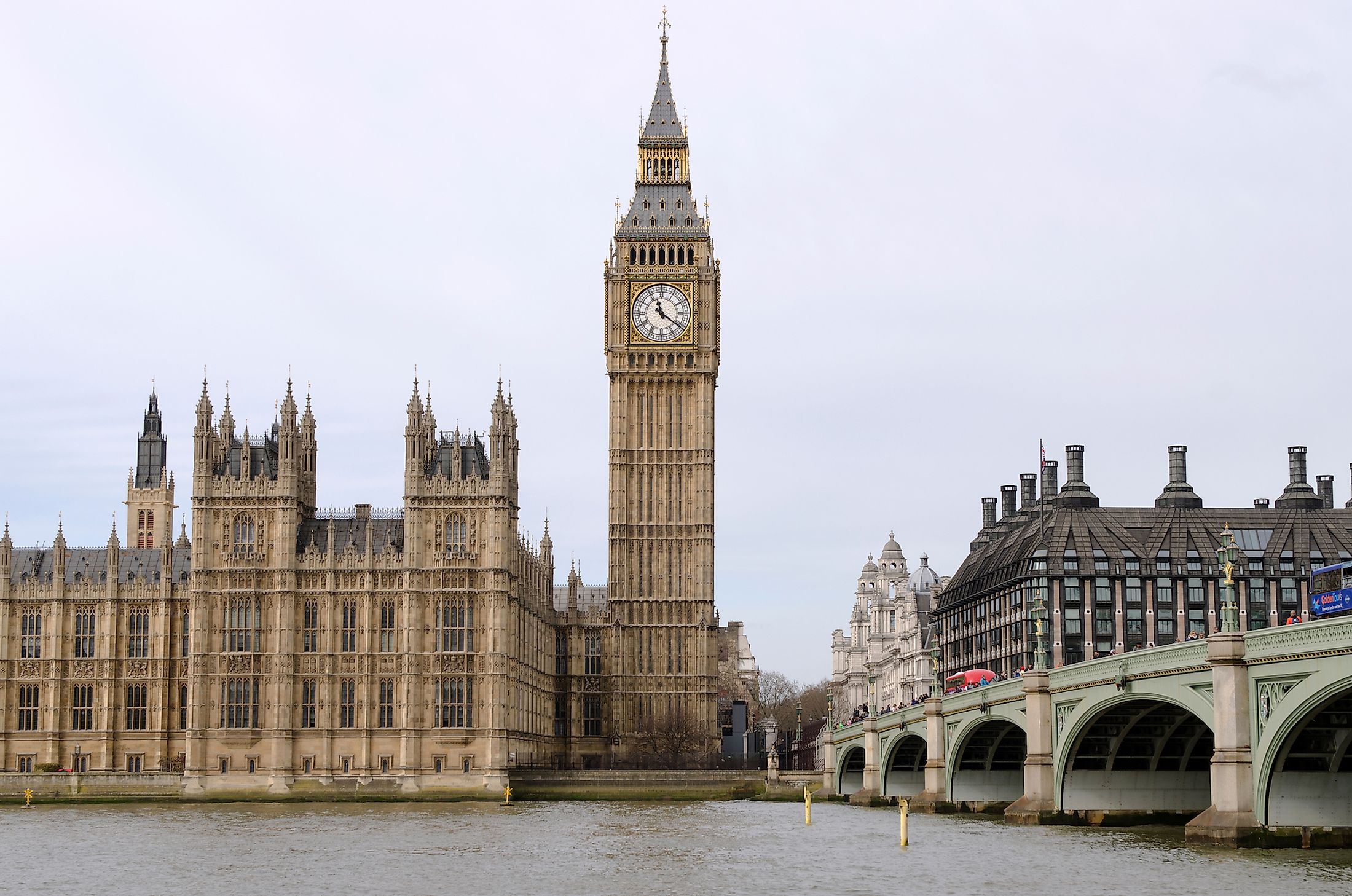
Time Zones In Europe
Covering an area of 10,180,000 km2, Europe is the world’s second-smallest continent, occupying the westernmost part of the Eurasian landmass. It is bounded by the Arctic and the Atlantic Oceans along with the Mediterranean and the Black Seas. The continent of Europe is divided into the following time zones: Azores Time Zone (UTC-1); the Western European Time Zone/Greenwich Mean Time Zone/Irish Time Zone (UTC+0); the Central European Time (UTC+1); the Eastern European Time (UTC+2); the Kaliningrad Time Zone (UTC+2); the Further-Eastern European Time Zone and Moscow Time Zone (UTC+3).
The Daylight Saving Time in Europe is referred to as Summer Time. It starts at 1:00 A.M. UTC on the last Sunday in March and continues till last Sunday in October where the Summer Time is returned to the Standard Time at 1:00 A.M UTC. The name of each time zone changes along with the Summer Time.

Western European Time Zone (WET)
The Western European Time Zone is a time zone where a standard time is followed which is the same as the Greenwich Mean Time/Coordinated Universal Time. This time zone does not have an offset time from the UTC, i.e., this zone is 0 hours ahead or behind the Coordinated Universal Time. During the winter months, the countries and regions of Western Europe that follow the Western European Standard Time include Portugal, the United Kingdom and its Crown dependencies, Ireland, Canary Islands, Faroe Islands, Madeira Islands, Iceland, and the northeastern part of Greenland.
During the summer months, all the above-mentioned countries except for Iceland follows the Western European Summer Time/British Summer Time/Irish Summer Time with an offset of UTC+1. Iceland follows the Greenwich Mean Time/Coordinated Universal Time throughout the year.
The Azores, an autonomous region of Portugal follows the Azores Time which is calculated as UTC-1.
Central European Time Zone (CET)
The Central European Time Zone is a time zone where a standard time is followed by adding 1 hour to the Coordinated Universal Time (UTC). During the winter months, the Central European Standard Time (UTC+1) is followed by the countries of Albania, Austria, Andorra, Belgium, Croatia, Bosnia and Herzegovina, Czech Republic, France, Denmark, Germany, Hungary, Liechtenstein, Italy, Luxembourg, Malta, Montenegro, Monaco, North Macedonia, Netherlands, Poland, Norway, Serbia, San Marino, Slovenia, Slovakia, Sweden, Spain, Switzerland, and Vatican City. During the summer months, all these countries follow the Central European Summer Time with an offset of UTC+2.
Eastern European Time (EET)
The Eastern European Time Zone is a time zone where a standard time is followed by adding 2 hours to the Coordinated Universal Time (UTC). During the winter months, the Eastern European Standard Time (UTC+2) is followed by the countries of Bulgaria, Estonia, Finland, Greece, Latvia, Lithuania, Moldova, Romania, Turkey, and Ukraine. During the summer months, all these countries follow the Eastern European Summer Time with an offset of UTC+3.
The Kaliningrad Oblast in Russia uses the Kaliningrad Time which is identical to the Eastern European Time (UTC+2).
Further-Eastern European Time Zone and Moscow Standard Time Zone (MSK)
The Further-Eastern European Time Zone and the Moscow Standard Time Zone are time zones where a standard time is followed by adding 3 hours to the Coordinated Universal Time (UTC). During the winter months, the Further-Eastern European Standard Time and the Moscow Standard Time (UTC+3) are followed by Belarus, parts of European Russia and Crimea, Luhansk and Donetsk in Ukraine. These areas do not follow a Daylight Saving Time and therefore follow the Further-Eastern European Standard Time and the Moscow Standard Time throughout the year.
